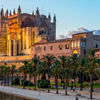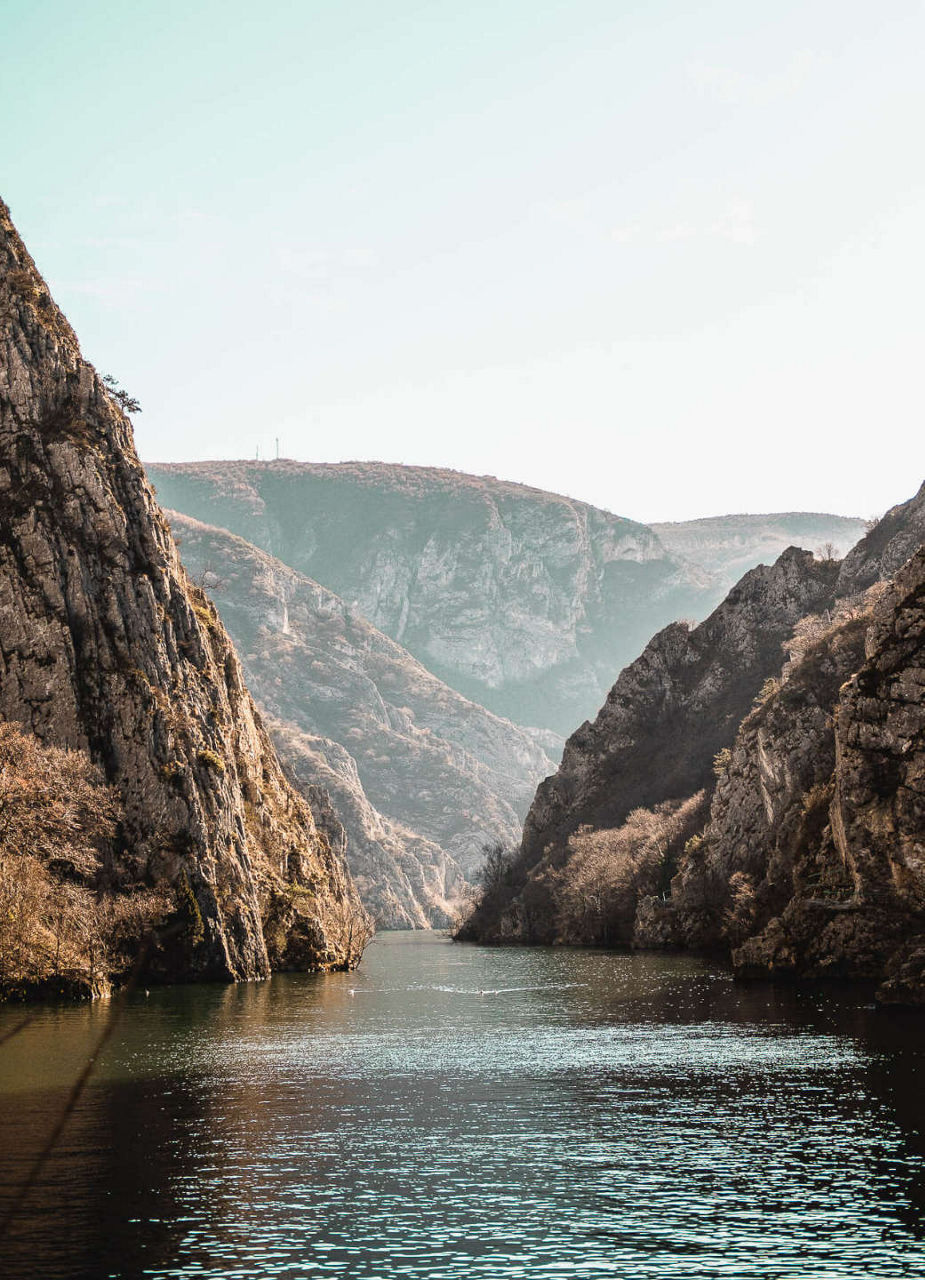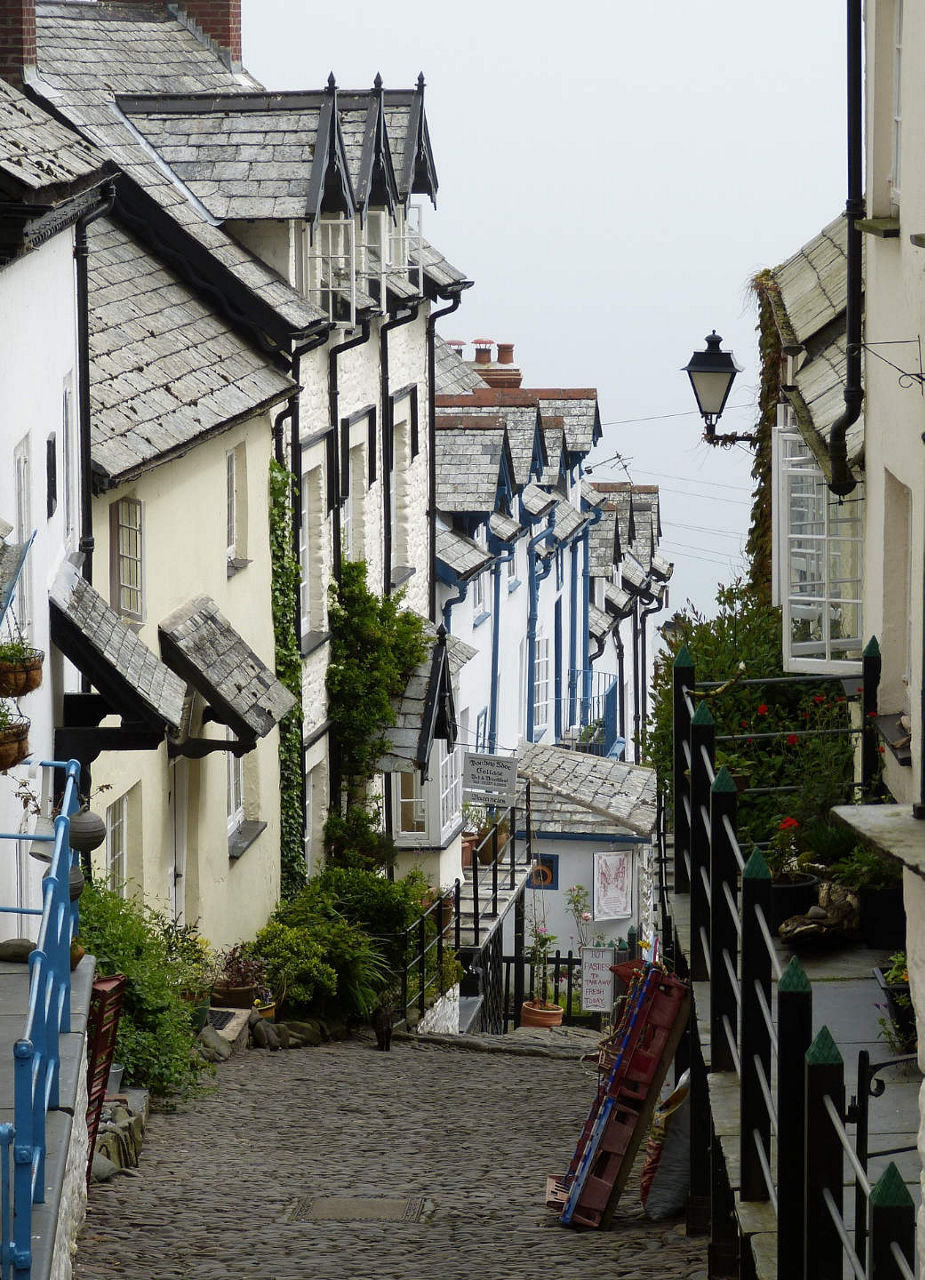
Tenerife – Marvellous architecture

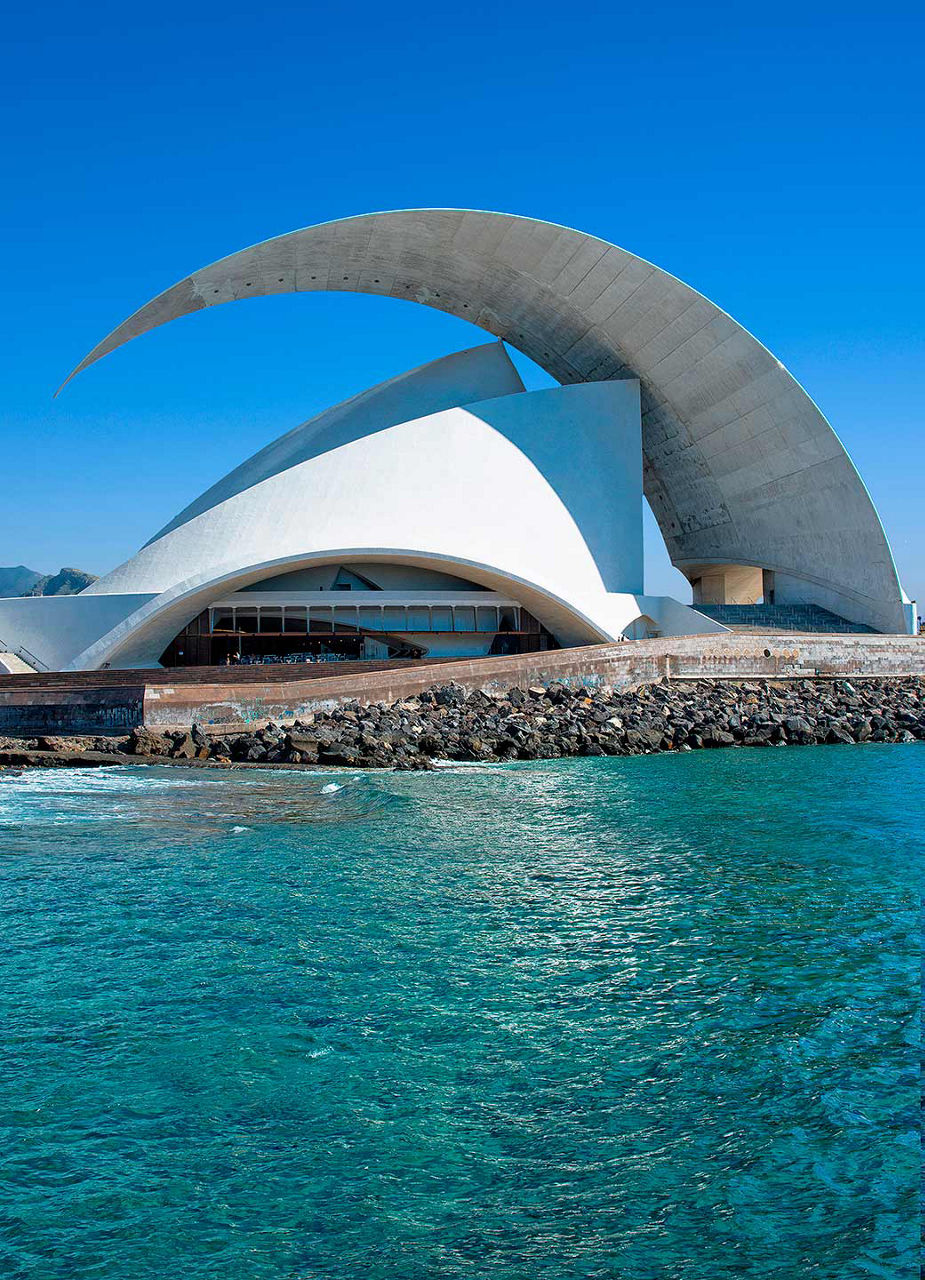
The perfect wave
At first glance, the Auditorio de Tenerife by Santa Cruz harbour reminds you of the famous Sydney Opera House. It was described in the ‘El País’ newspaper as a ‘large concrete sail’, with many comparisons being drawn to a wave or a cobra. The concert hall whose white ceramic tiles make the facade sparkle depending on how the light falls on it was opened in 2003 and is officially called ‘Auditorio Adán Martín Menis’. It is the ‘Sinfónica de Tenerife’ orchestra’s regular venue and also provides the stage for operas. The café is available for those who would like to see the auditorium without actually going to a concert.
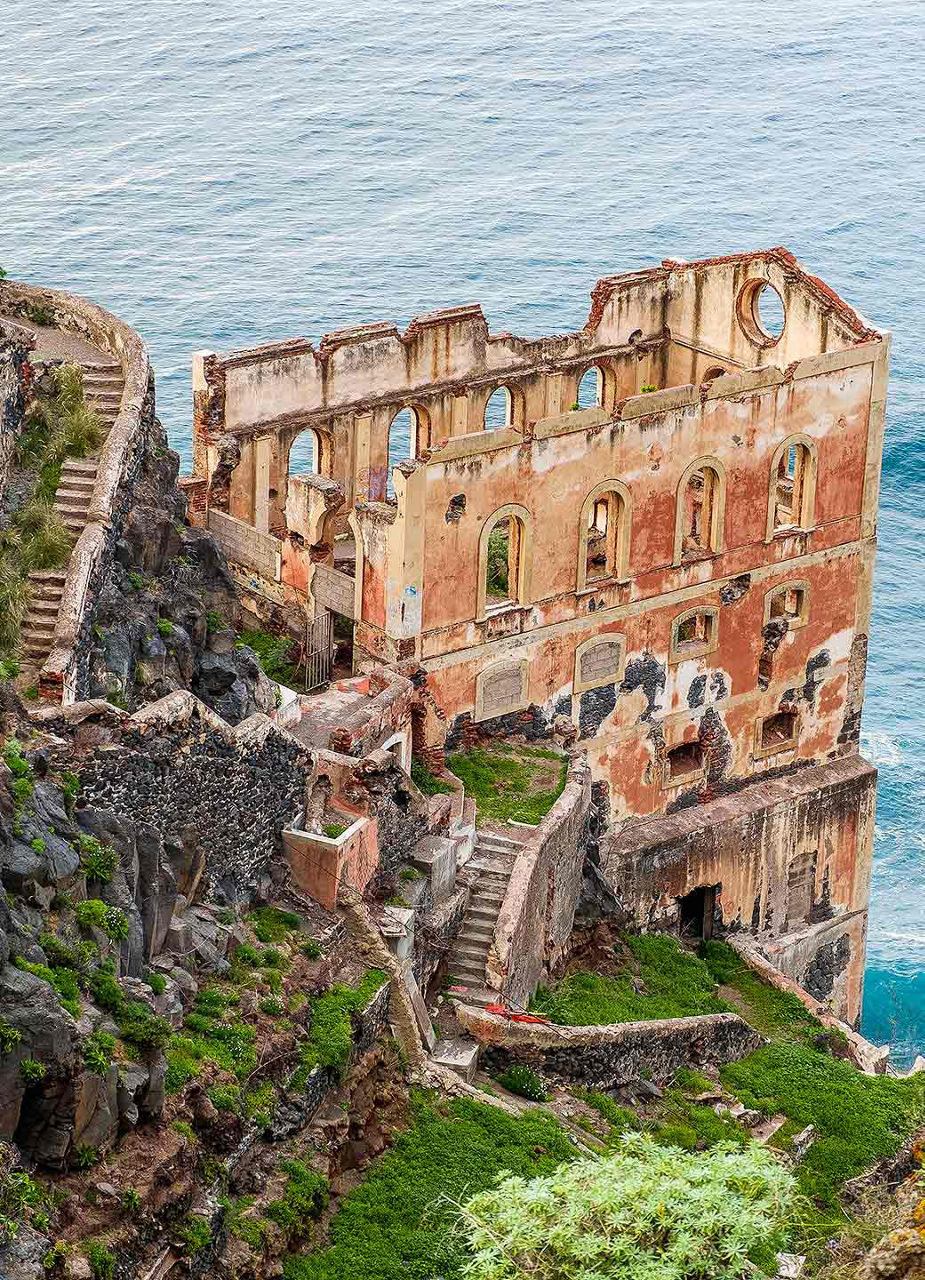
Closed down
While you may not be allowed to go inside the ruins of the industrial building due to the risk of collapse, the Casa Hamilton on the northern coast of the island is definitely still worth seeing from a distance. The five-storey building whose steam engine once pumped water up from a freshwater spring to irrigate the surrounding fields was built as a pump house and residence in 1903. Those who like deserted places or are looking for an exceptional photo motif should take the trail along the Puerto de la Cruz coast to enjoy the spectacular views.
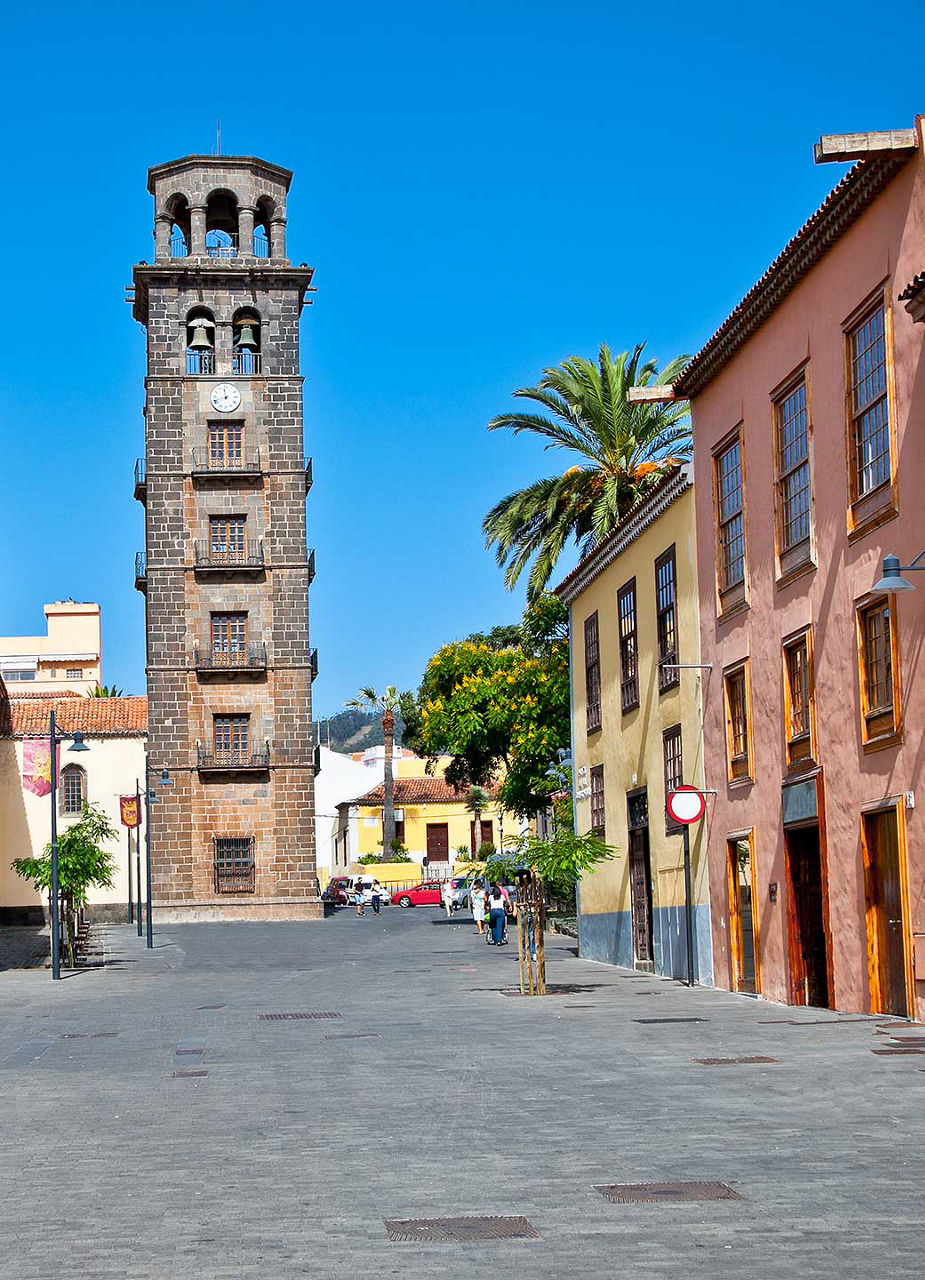
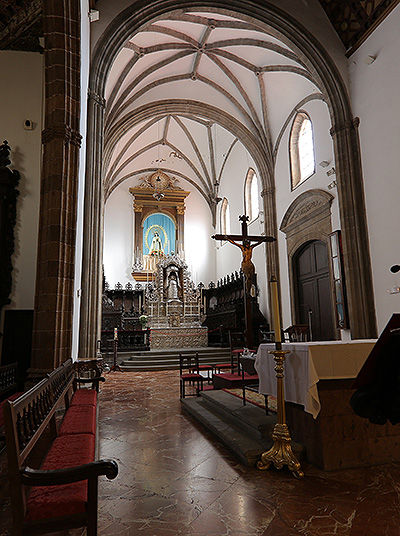
Up, up, up!
The six-storey bell tower of the Iglesia de Nuestra Señora de la Conceptíon church is one of the landmarks of the town of La Laguna. It was built from basalt, a type of stone frequently used for millstones. From the 28-metre bell tower, you can enjoy a magnificent panoramic view of the university town that has been a UNESCO World Heritage Site since 1999. The tower is open for visitors to ascend every day from 9:00 a.m. to 4:30 p.m. Built in 1496, it is also worth taking a look at the inside of the church itself that has been repeatedly altered over the years. The wooden ceiling in the Moorish style or the baroque pine wood pulpit are most spectacular.
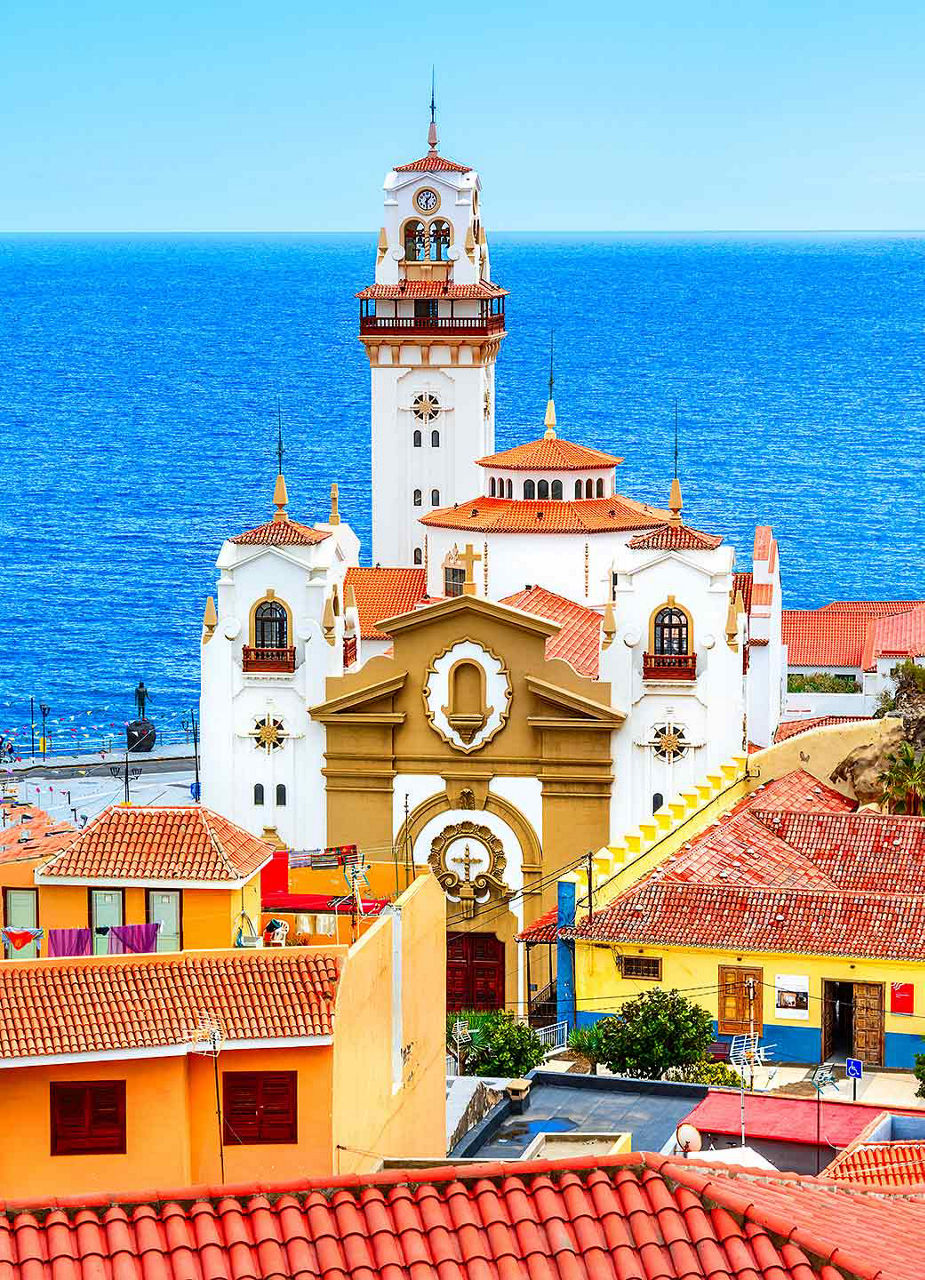
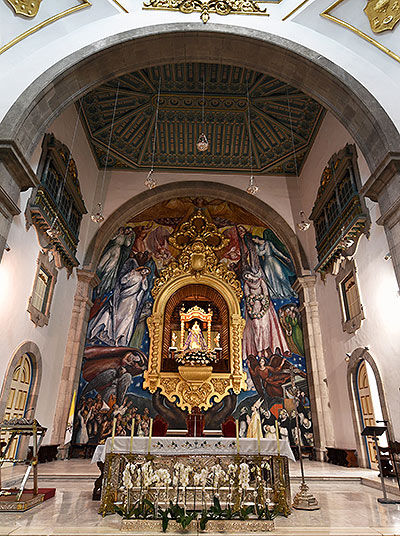
The Black Madonna
The Basilica of Candelaria is the largest of the churches dedicated to the Virgin Mary on Tenerife. Directly on the coast, it is a little less than 20 kilometres south of Santa Cruz and was completed in 1959. It attracts thousands of pilgrims – many of whom arrive on foot – every year as they seek out the sculpture of the Black Madonna that stands in a niche above the basilica’s main altar. It should be mentioned, though, that the statue known as ‘Morenita’ (which translates to ‘little black one’) is a replica since the original Madonna that is said to have washed up on the beach in the late 14th century was swept away in a storm tide in 1826 – along with the entire church.
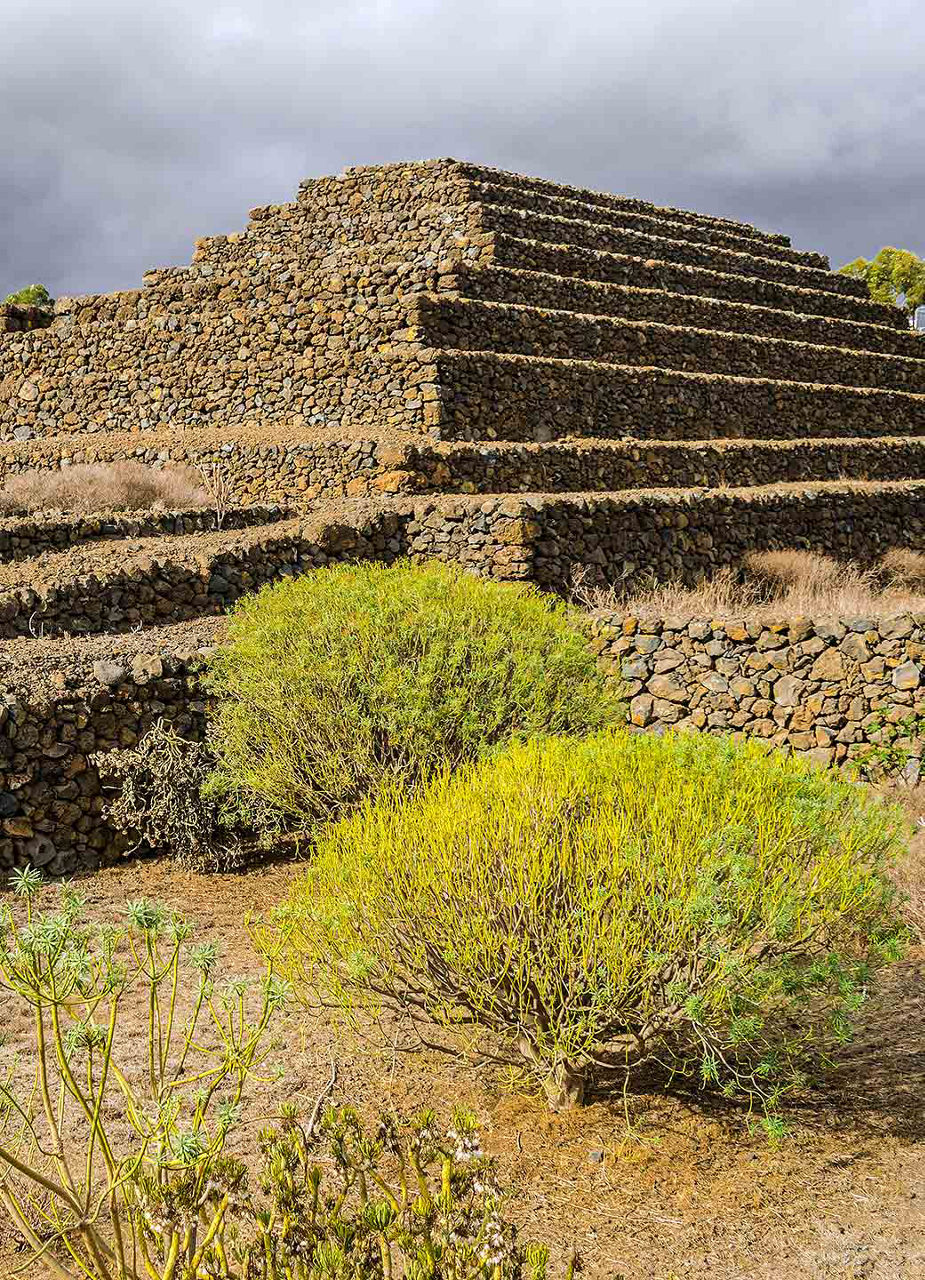
Stone on stone
The ‘Pyramids of Güímar’ are a mystery to this day. The Norwegian adventurer and explorer Thor Heyerdahl was convinced that they were proof that there had already been an exchange between Egypt, the Canary Islands, and South America before Columbus. Archaeologists, on the other hand, came to the conclusion that the pyramids date back to the early 19th century, making them decidedly younger than Heyerdahl thought. Was it farmers who stacked up the stones that were in the way of farming? Or were the pyramids erected by freemasons to perform solstice rituals? It is certainly quite reassuring that some questions still remain unanswered...
Header - Photo by Michael Gibasiewicz on Adobe Stock
Paragraph 1 - Photo by Art Kowalsky on Alamy
Paragraph 2 - Photo by Stephan Schütz on Getty Images
Paragraph 3 - Photo by Aleksandar Todorovic on Adobe Stock
Paragraph 3 - Photo by IVÁN VIEITO GARCÍA on Adobe Stock
Paragraph 4 - Photo by davidionut on Adobe Stock
Paragraph 4 - Photo by herraez on Adobe Stock
Paragraph 5 - Photo by Martin Leber on Getty Images



